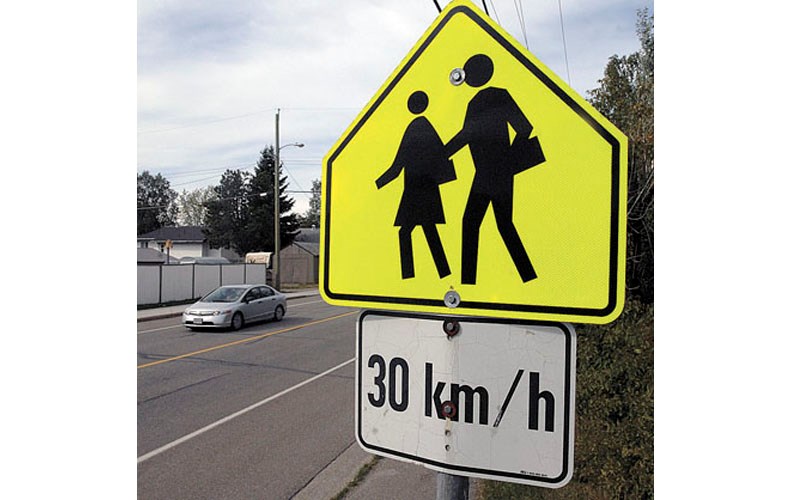Friday the 13th has a reputation, deserved or not, for bringing bad luck.
It certainly was the start of something sinister for Prince George students when the calendar struck 13 back in March.
After that, nothing was ever normal again about school days in 2020.
When grade schools in the province shut down at the end of that second week of March for what was supposed to be a two-week spring break, COVID-19 was just starting to clobber the globe and the outbreaks continued to fester across Canada while B.C. students were taking a breather from their studies.
To contain the virus, schools were shut down in an effort the likes of which hadn’t been seen since the Spanish flu outbreak of 1918. The world was turned upside-down while society struggled to deal with the most disruptive calamity since the Second World War. The threat of the pandemic kept B.C. schools shuttered for the first time since a three-day teachers’ strike in 2012, and this time the closure lasted two-and-a-half months .
"With strikes, there's a playbook, we all know what we have to do and when we have to do it," said Joanne Hapke, president of the Prince George District Teachers’ Association. "With this, there is no playbook, it's being developed.
"Everyone's situation is unique, one size will not fit all. People have questions and they are worried."
School closures forced parents, those who were still working, to scramble to find care for their kids. The switch to online learning and teleconference calls to connect teachers with students brought glitches. The challenges and limitations of technology tested the abilities of teachers, school administrators and school board trustees to find solutions. Some kids fell through the cracks and their grades tumbled as they struggled with turning their homes into makeshift classrooms with only a computer or a phone line to connect them with their teachers.
In-class learning was gradually re-introduced as an option in June, but only 40 per cent of students in the Prince George school district came back for the hour or two per week of class time. It was a long lonely summer for kids, discouraged from getting together with their school chums with most social gatherings frowned upon by health authorities. Graduation ceremonies were virtual events in empty halls and Grade 12 students walking the stage to receive their diplomas with only a video camera present to embed that memory in the minds of parents, families and friends.
When the new school term rolled around in September, schools were much different places to be. Varsity sports, club functions and school trips to foreign countries were cancelled and most extracurricular activities put on hold. Student populations were divided into groups and each of those cohorts were kept together for their core subjects, separate from the other students. Hand sanitizing stations were in every classroom and mask wearing was mandatory in hallways and where students of different cohorts mixed with each other. When the kids left for the day, custodians armed by $5,000 sanitizing machines got their sprayers in motion to eradicate the germs.
Teachers came back to their workplace unsure how vulnerable they were to COVID-19 infections and thankfully their fears were not confirmed. While some schools have had a positive case or two, the transmission rate has so far been negligible.
As isolated as K-12 students had to become during the pandemic, postsecondary learning was a shell of its former self. Most courses at the University of Northern B.C. and the College of New Caledonia (with the exception of trades training) went online only. Labs became interactive video exercises, midterms and final exams were open-book tests written from home and the daily interactions of campus life vanished and common areas where students tend to gather were empty. As UNBC civil engineering student Chris Ross found outthis fall, having to depend on Zoom connections and teleconferencing has its limitations while trying to keep up with the demands of his five courses.
“It’s tough, I’m in the civil program so a lot of the stuff we do out of textbooks is OK but the stuff you really miss are the labs and the hands-on stuff,” said Ross. “Some things that can be answered with a simple question and answer from a teacher, you might spend 15 minutes looking it up online. You have to email them and wait for their responses; it’s not the same as being in the classroom.”
UNBC health sciences student Madison Landry had to interact with a cartoon avatar used to illustrate how to test the knee reflexes of a patient.
“It’s bizarre, but they found a way to do it all online and it’s working so far,” she said. “Some of the lectures are pre-recorded and some of them you have to tune in at a certain time. I didn’t realize how big of a social aspect (school) was until you don’t have to go every day and see all the people in your program.”



